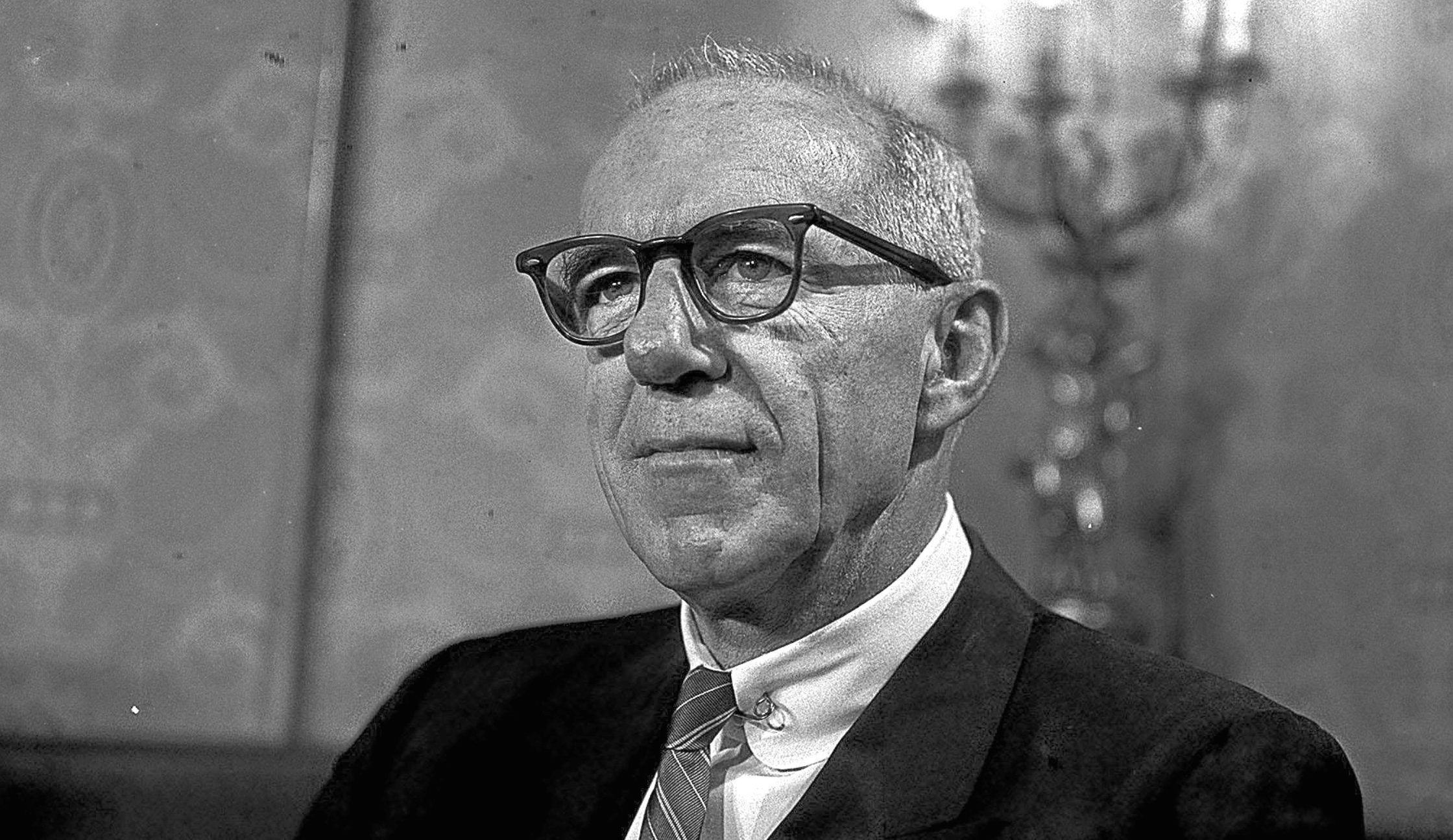
SPOCK is a name that we all recognise — even if I’m not referring to a certain Vulcan, but a well-respected authority on parenting.
Unlike his namesake of Star Trek fame, Dr Spock didn’t need pointy ears to become well known, letting his books do the talking.
It’s 70 years this week since the publication of his controversial first release — The Common Book Of Baby And Child Care — and it’s no stretch of the truth to say that Spock ultimately changed the face of parenting.
It’s also become one of the bestselling non-fiction books of all time.
It has been translated into 42 languages and has sold more than 50 million copies.
Initially, it was America’s all-time bestseller with the exception of Shakespeare and the Bible.
By 1976, it had sold even more than the Bard.
Nobody can argue that he didn’t know his stuff, either, being introduced to childcare from an early age, helping to raise his younger siblings.
Benjamin Spock was born in Connecticut, in 1903.
After school, Spock earned his medical degree at Columbia University’s College of Physicians and Surgeons, specialising in paediatrics.
It wasn’t enough, though.
Spock felt he would be able to help children more if he understood psychology.
So began six years of study at the New York Psychoanalytic Institute.
He worked for some time as a paediatrician before giving up during the war years.
Later, he trained as a teacher.
All very valid experience, then, so why was the book deemed to be so controversial?
Well, given that he was a lot more liberal in his parenting views, Spock was blamed for the anti-government youth generation of the 60s.
He also advised that mothers let babies sleep on their tummies, claiming it would prevent them from choking on their own vomit.
These claims have since been discredited, as putting babies on their tummies is now known to be associated with SIDS (Sudden Infant Death Syndrome).
Bear in mind, though, that this book was written seven decades ago, and it’s natural that elements of it would need to be revised over time.
Spock’s book led to a more-relaxed approach to bringing up children.
For one, he insisted that fathers should play an active role in raising their offspring — not something that had been the norm.
Before Spock changed how generations of future children would be brought up, previous books insisted parents should keep their baby on a strict schedule.
If their child was crying before the given feeding time, parents were to leave them to cry.
They were to show their offspring that they were the bosses, not the baby.
Spock believed the opposite to be true, saying if a baby was hungry before feeding time, they could be fed.
He also encouraged cuddling and soothing kids.
When he was 82, he was quoted: “I love to dance in order to liberate myself from my puritanical upbringing.”
In fact, his own mother’s choice of punishment was to put the child in a dark closet.
In fact, once, she forgot one of her kids was in there and went away out to New York.
Spock wanted this kind of punishment to be stopped.
Nevertheless, though he meant no harm by telling parents to relax, he revised his book in 1968, clarifying what he meant.
“Don’t be afraid that your children will dislike you,” he wrote, if parents were to set boundaries.
For his teachings to still be discussed 18 years after his death is testament to his influence.
READ MORE
Refugees, Star Wars and astronaut Tim Peake inspire children’s writing

Enjoy the convenience of having The Sunday Post delivered as a digital ePaper straight to your smartphone, tablet or computer.
Subscribe for only £5.49 a month and enjoy all the benefits of the printed paper as a digital replica.
Subscribe